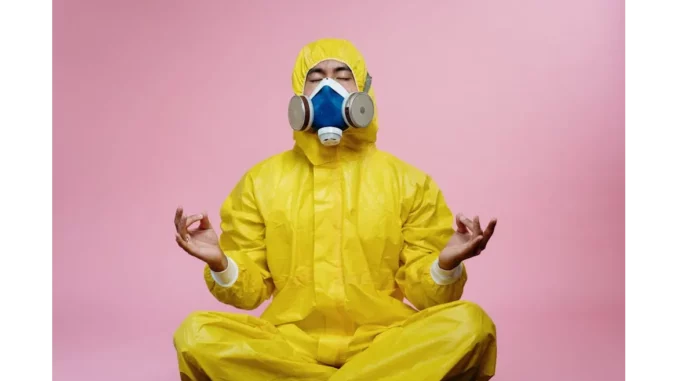
In an era where the COVID-19 pandemic has become an omnipresent part of our everyday lives, businesses have faced unprecedented challenges. From ensuring the health and safety of employees to maintaining operations, the landscape of risk management has evolved dramatically. Recently, I had the opportunity to speak with Hannah Clarke, a risk management consultant, about her experience with using visual risk management models, specifically bowtie diagrams, to help businesses navigate the complexities brought on by the pandemic.
As we settled into our virtual meeting, Hannah’s calm demeanour and insightful perspective immediately set the tone for our conversation. “The pandemic has really tested the resilience of businesses worldwide,” she began, “and it’s pushed us to think differently about how we approach risk management.”
Hannah explained that one of the primary tools she and her team have employed during these times is the bowtie diagram. A bowtie diagram is a simple yet powerful visual tool used to map out potential hazards, the threats that could lead to an incident, and the consequences that may follow. “It’s like creating a visual story of how risks can manifest and what can be done to prevent or mitigate them,” she described.
The bowtie model, traditionally used in high-hazard industries such as oil and gas, has found new relevance in helping businesses understand and manage the risks associated with COVID-19. Hannah recounted how her team adapted the bowtie model to address the specific challenges posed by the virus. “The central node, or top event in our diagram, is the point where an employee might get infected,” she explained. “From there, we outline potential threats—like an employee coming into contact with an infected person—and map out the preventive measures that can be put in place.”
One of the most compelling aspects of the bowtie model, Hannah noted, is its ability to facilitate communication and understanding across an organisation. “It’s a tool that everyone can understand, from the boardroom to the shop floor,” she said. “By visualising the risks and the barriers in place, it becomes easier for everyone to see their role in maintaining safety and continuity.”
Hannah shared an example of how a manufacturing company she worked with utilised the bowtie model to enhance their COVID-19 response. “They were struggling with maintaining operations while keeping their workforce safe. By using a bowtie diagram, they were able to identify key areas where additional safety measures were needed, such as enhanced cleaning protocols and staggered shifts to minimise contact.”
Beyond the immediate benefits of addressing COVID-19-related risks, Hannah emphasised that the bowtie model also helps organisations think about long-term resilience. “It’s not just about surviving this crisis; it’s about building a framework that can be adapted to any future risk,” she asserted. “The pandemic has underscored the importance of being prepared for the unexpected.”
Our conversation also touched on the significance of knowledge sharing during these challenging times. Hannah highlighted the importance of platforms like webinars, where industry professionals can come together to share experiences and learn from each other. “It’s about building a community of practice,” she said. “No one has all the answers, but by sharing what works and what doesn’t, we can collectively improve our approaches to risk management.”
As our discussion drew to a close, I asked Hannah what advice she would offer to businesses still grappling with the impacts of the pandemic. Her answer was both practical and encouraging: “Stay informed, be flexible, and keep communication open. And remember, tools like the bowtie diagram are there to support you. They offer a way to make sense of the chaos and to chart a path forward.”
Reflecting on my conversation with Hannah, it was clear that while the challenges of the pandemic are far from over, there are innovative ways to manage and mitigate the associated risks. The bowtie model, with its clear and concise visualisation of hazards and controls, offers a beacon of clarity in uncertain times. As businesses continue to navigate this new normal, tools like these will undoubtedly play a critical role in fostering resilience and ensuring continuity.
Eileen Pierson


Be the first to comment